On July 2, 2022, at the opening ceremony of the 25th National Interventional Cardiology Forum (CCIF2022), the chairman of the conference and Professor Huo Yong of Peking University First Hospital announced the 2021 Interventional Therapy for Coronary Heart Disease in Mainland China data. Overall, the total number of cases in 2021 will increase steadily. What is important is that while the number of cases is increasing, the data on the number of cases of direct PCI, the application of drug-coated balloons, and the risk stratification of NSTE ACS are outstanding, which fully reflects the fact that my country The development trend of coronary heart disease intervention is good, and it has taken an important step for my country to become a strong country in PCI intervention in the world.

I. Basic data
Main sources of coronary heart disease interventional therapy data in mainland China in 2021 Based on the data directly reported online (855,663 cases) and verified by the provincial quality control center (298,454 cases), the statistics show that the total number of registered cases of coronary heart disease interventional therapy in mainland China in 2021 will be 1,164,117 cases. (Data does not include military hospital cases).
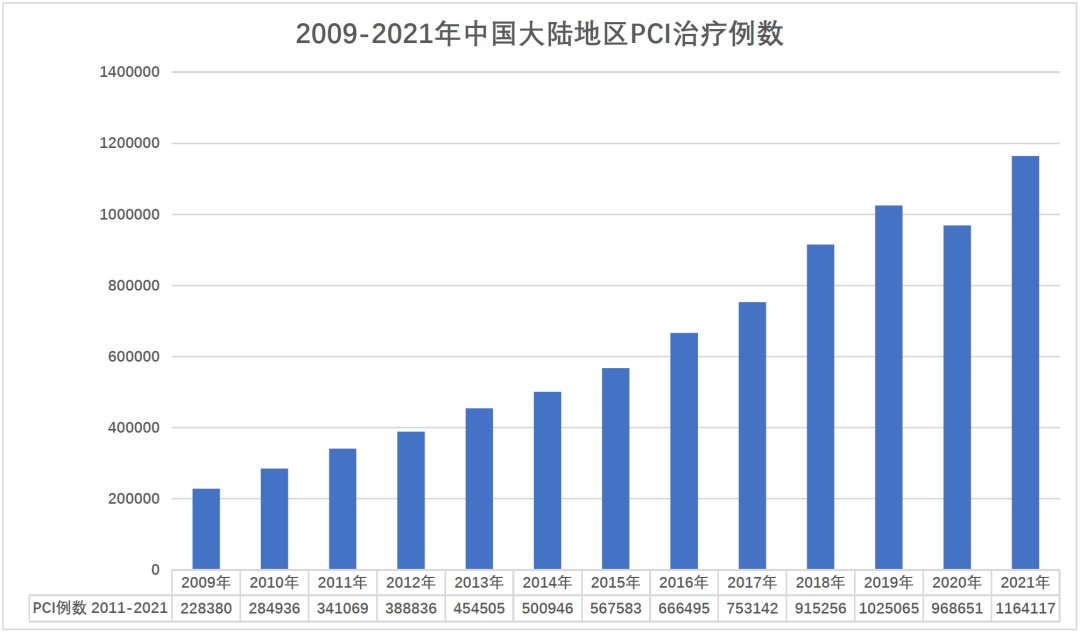
Figure 1. The number of PCI cases in mainland China from 2009 to 2021
The number of PCI cases in 2021 The growth rate was 20.18%, and the top five cases in provinces/regions/municipalities were: Shandong, Henan, Hebei, Beijing, and Guangdong.
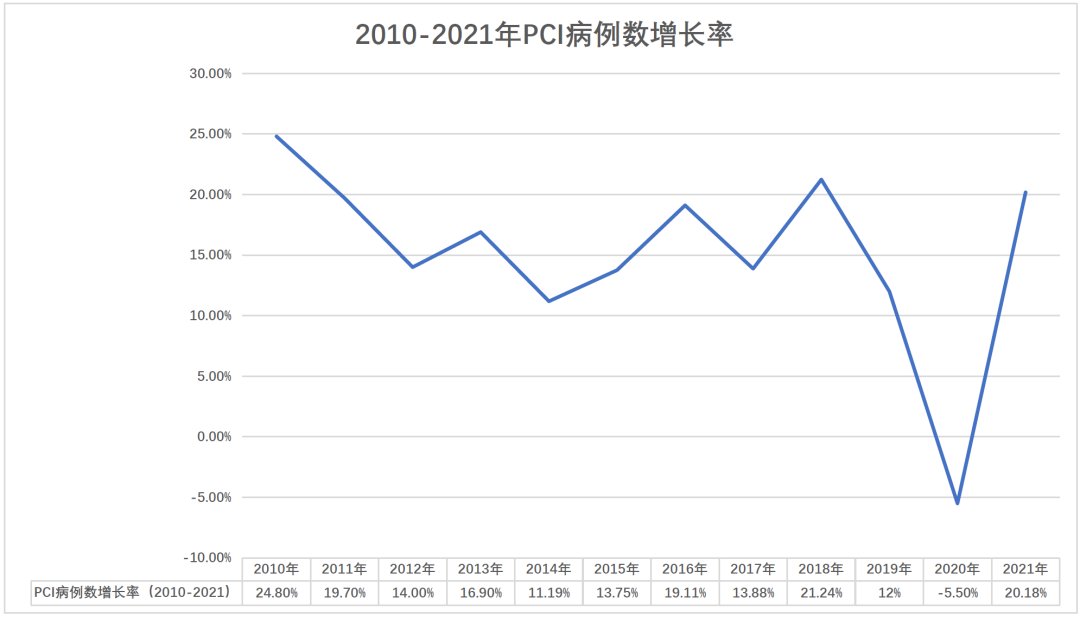
Figure 2. Growth rate of PCI cases, 2010-2021
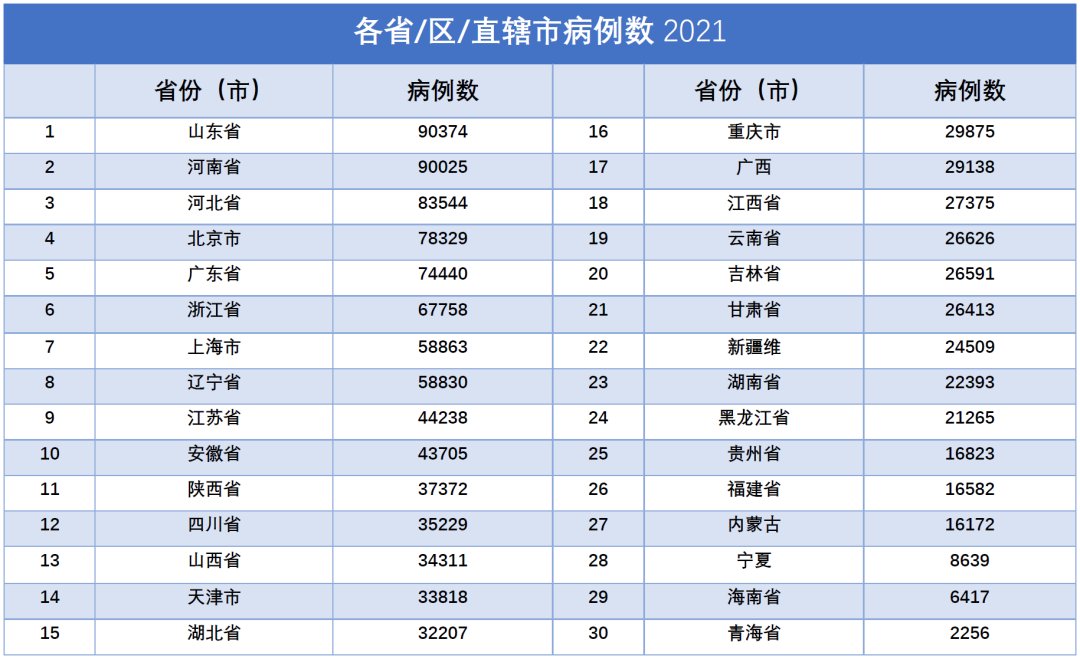
Table 1. Number of cases in each province/region/municipality (2021)
Note:
1. From the provincial quality control center Verify the data;
2. The number of cases in Xinjiang Production and Construction Corps is included in the data of Xinjiang Uygur Autonomous Region
Compared with 2020, the top five cases in each province/region/municipality in 2021 Named: Chongqing City, Anhui Province, Sichuan Province, Heilongjiang Province, Beijing City, and the data in 2021 is more objective than the data in 2019 (before the epidemic).
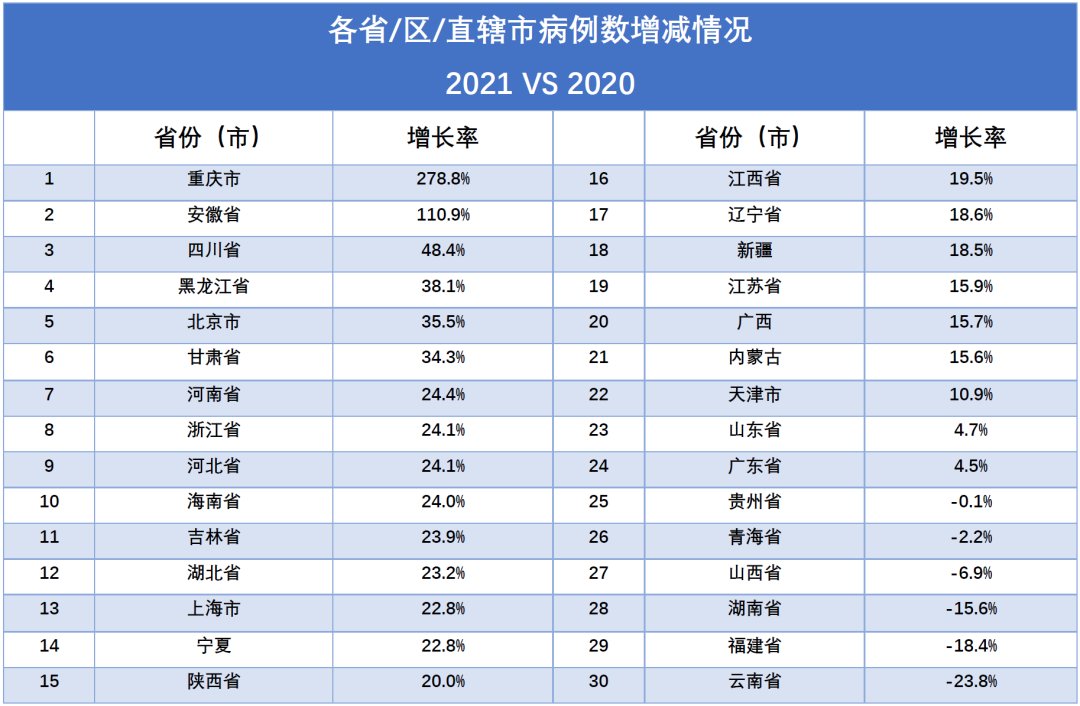
Table 2. The number of cases in each province/region/municipality (2021 vs 2020)
Note:
1. The data reported from the network and the data verified by the provincial quality control center;
2. The number of cases in Xinjiang Production and Construction Corps is included in the data of Xinjiang Uygur Autonomous Region
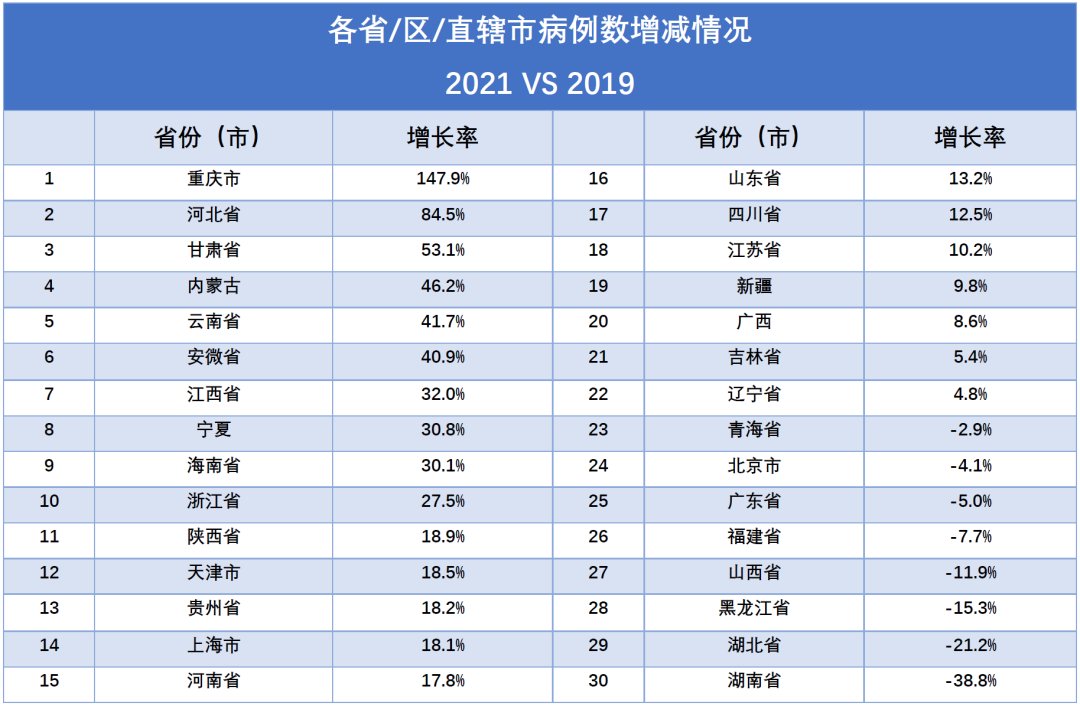
Table 3. Increase and decrease in the number of cases in each province/region/municipality (2021 vs 2019)
II. Quality control indicators
In 2021, the quality of interventional therapy for coronary heart disease patients in mainland China mainly included the number of stents/balloons used, the utilization rate, the proportion of drug-coated balloons used, the surgical approach, mortality, PCI The clinical diagnosis of cases, the number of PCI cases of STEMI/the ratio of primary PCI, the NSTE ACS risk stratification percentage of each province/region/municipality directly under the central government, and the underreporting rate were evaluated.
In 2021, the average number of stents/drug balloons will be 1.48. Since 2014, the average number of stents/drug balloons for coronary intervention in my country has remained stable below 1.5.
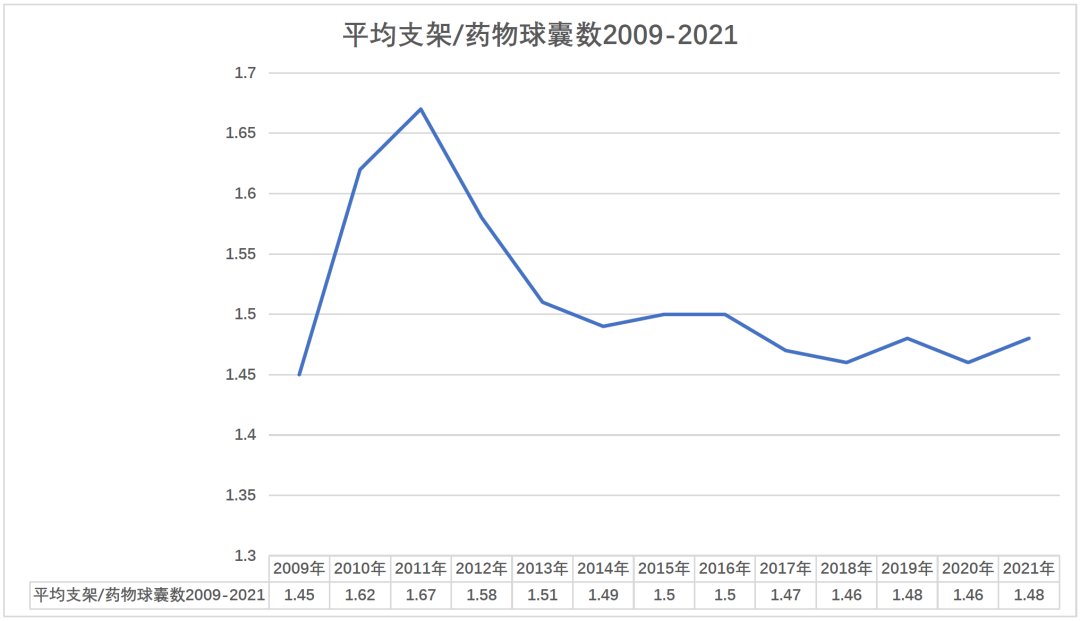
Figure 3. Average number of stents/drug balloons in patients with coronary heart disease in mainland China from 2009 to 2021 )
In the past three years (2019-2021), the use of drug-coated balloons accounted for 6.4%, 10.9% and 15% respectively, showing a continuous upward trend. Balloons are becoming more and more widely used.
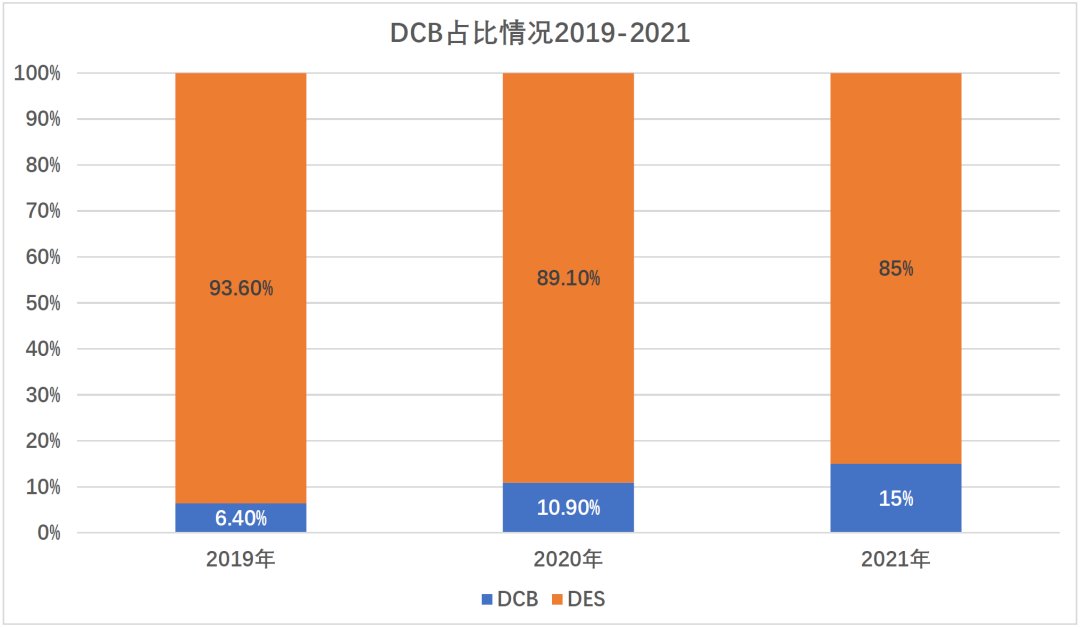
Figure 4. Proportion of DCB and DES in coronary heart disease patients in mainland China from 2019 to 2021
Compared with the femoral artery approach and other approaches, the radial artery approach has been the more mainstream approach in the past 10 years, of which the radial artery approach will account for 96.67% in 2021, a slight increase from 96.37% last year .
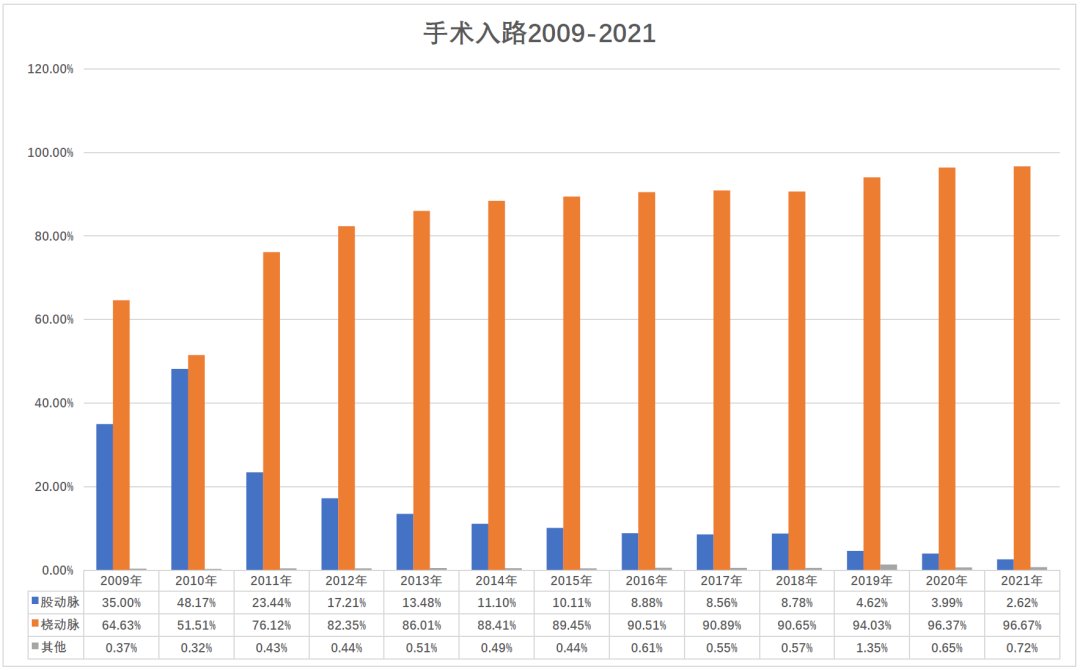
Figure 5. Interventional approach for coronary heart disease patients in mainland my country from 2009 to 2021
In terms of operative mortality, the mortality rate in 2021 was the same as that in 2020, at 0.38%. The death rate has remained low since 2009.

Figure 6. Interventional mortality of coronary heart disease patients in mainland my country from 2009 to 2021
PCI cases In terms of clinical diagnosis, unstable angina pectoris accounted for the highest proportion, accounting for 42.79%; ST-segment elevation myocardial infarction accounted for 22.52%; stable angina pectoris accounted for 14.19%; non-ST-segment elevation myocardial infarction accounted for 13.20%; suspected angina pectoris and silent myocardial ischemia accounted for 5.31% and 1.99%, respectively.
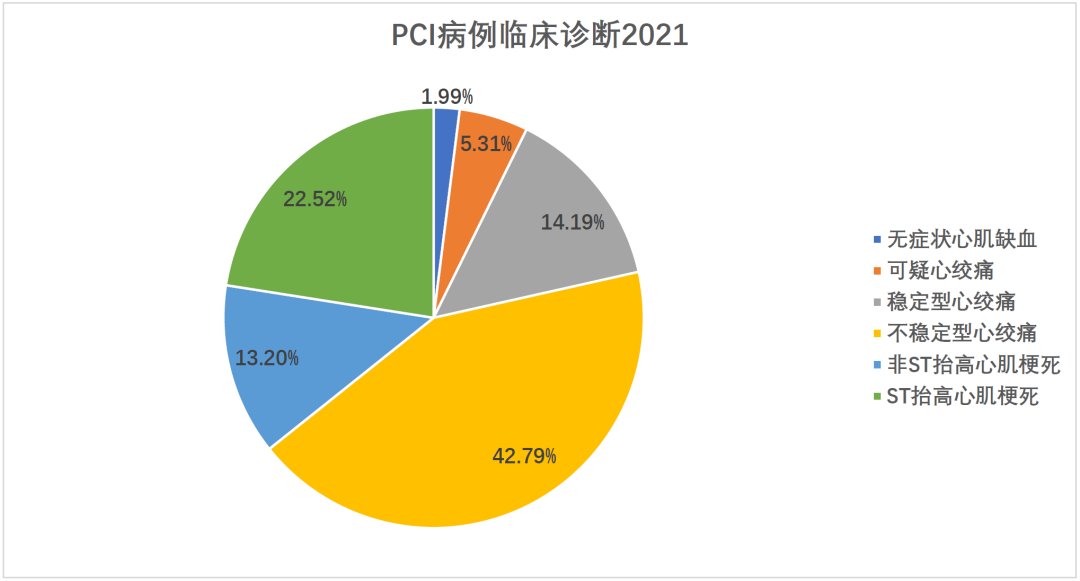
Figure 7. Clinical diagnosis of PCI cases in 2021 (calculated based on 746,295 cases of statistic online reports)
In 2021, the number of STEMI cases and the number of primary PCI cases were 168,068 and 124,161, respectively, and the percentage of primary PCI was 73.88%.

Figure 8. The number of STEMI cases and the number of primary PCI cases from 2009 to 2021 (calculated based on 746,295 cases reported on the Internet)
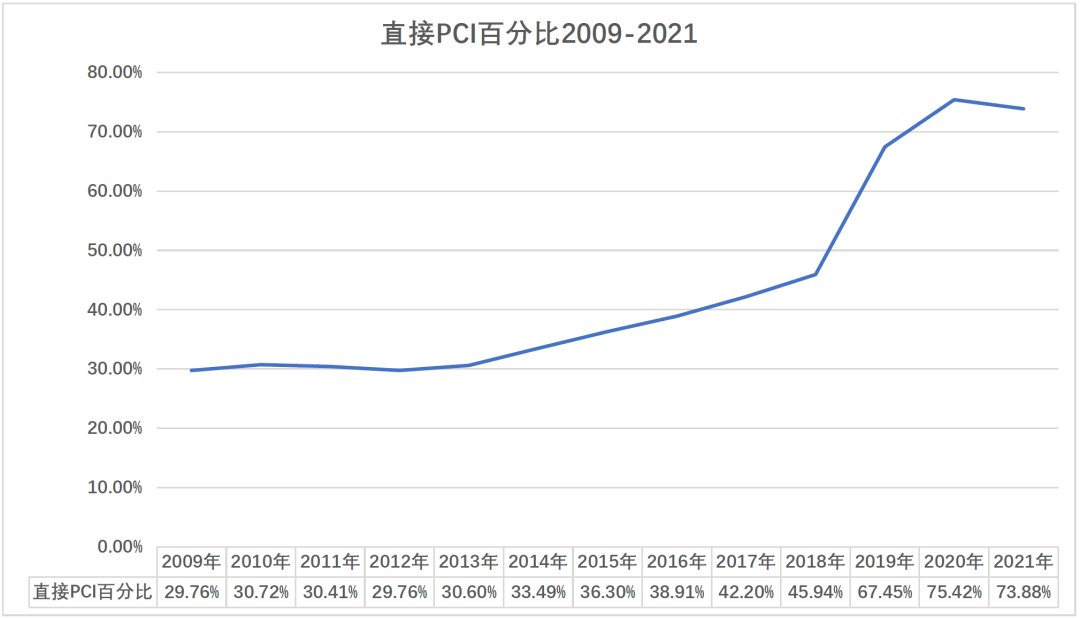
Figure 9. Direct PCI percentage (calculated based on 746,295 cases of statistic net report data)
< p> The national mean for NSTE ACS risk stratification was 11.37%. The top 5 provinces/regions/municipalities in NSTE ACS risk stratification percentage are: Jiangxi Province, Yunnan Province, Guizhou Province, Henan Province, and Shanxi Province.
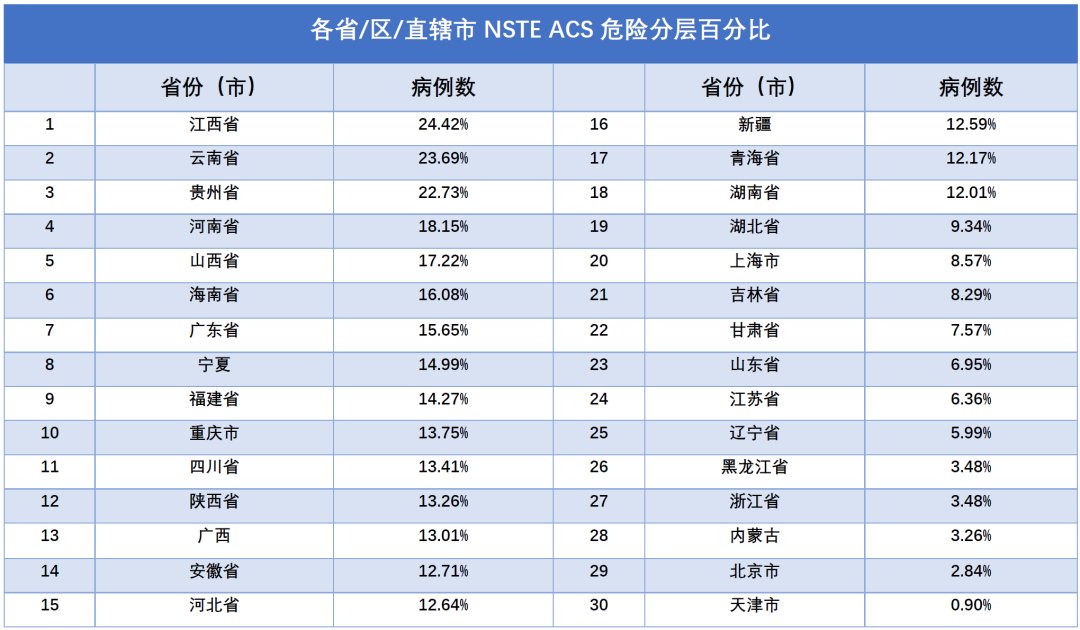
Table 4. Percentage of NSTE ACS risk stratification by province/region/municipality
2021 data The omission rate of online direct reporting was 25.64%, a significant decrease from the previous two years.
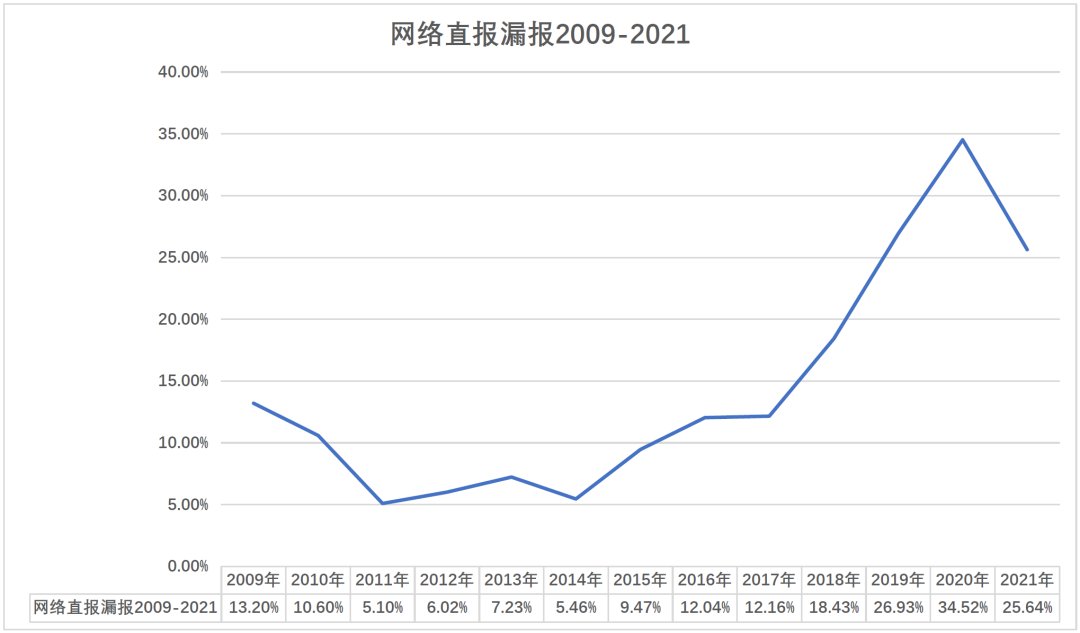
Figure 10. 2009-2021 Network Direct Reporting Falsehood Rate
Summary
< p>In 2021, the number of coronary heart disease intervention cases will increase steadily, and the online underreporting rate will decrease compared with the previous two years.
The number of stents (balloons) was stably controlled below 1.5, indicating that the indications for interventional therapy and the use of instruments are more reasonable.
The increase in the application ratio of devices such as drug-coated balloons indicates that interventional treatment methods for coronary heart disease are now more abundant.
During the epidemic, the mortality rate of interventional therapy was still controlled at a low level, and the proportion of emergency PCI in STEMI patients was further increased, which proves that my country’s coronary heart disease intervention system is relatively complete, and the advantages of chest pain center are reflected.
In this year’s data, NSTE ACS risk stratification and other data have been added, which also shows that my country’s coronary heart disease interventional treatment is paying more and more attention to the improvement of quality, which also puts forward higher requirements for the quality control of chest pain centers.